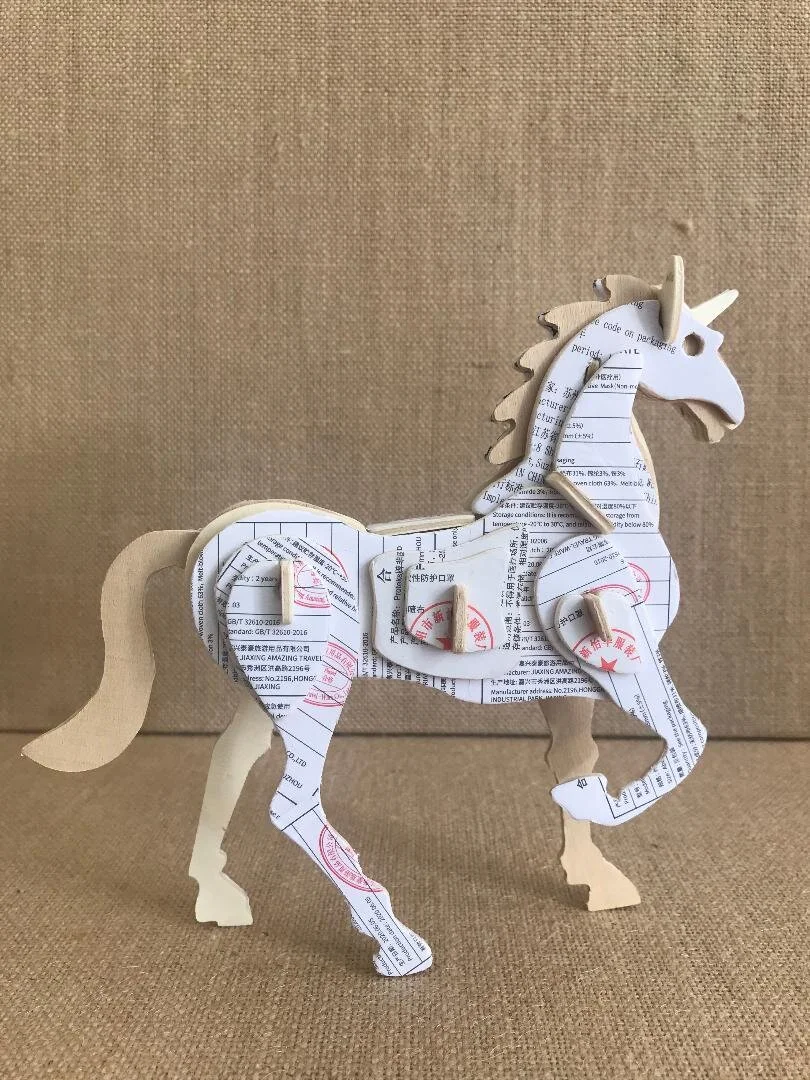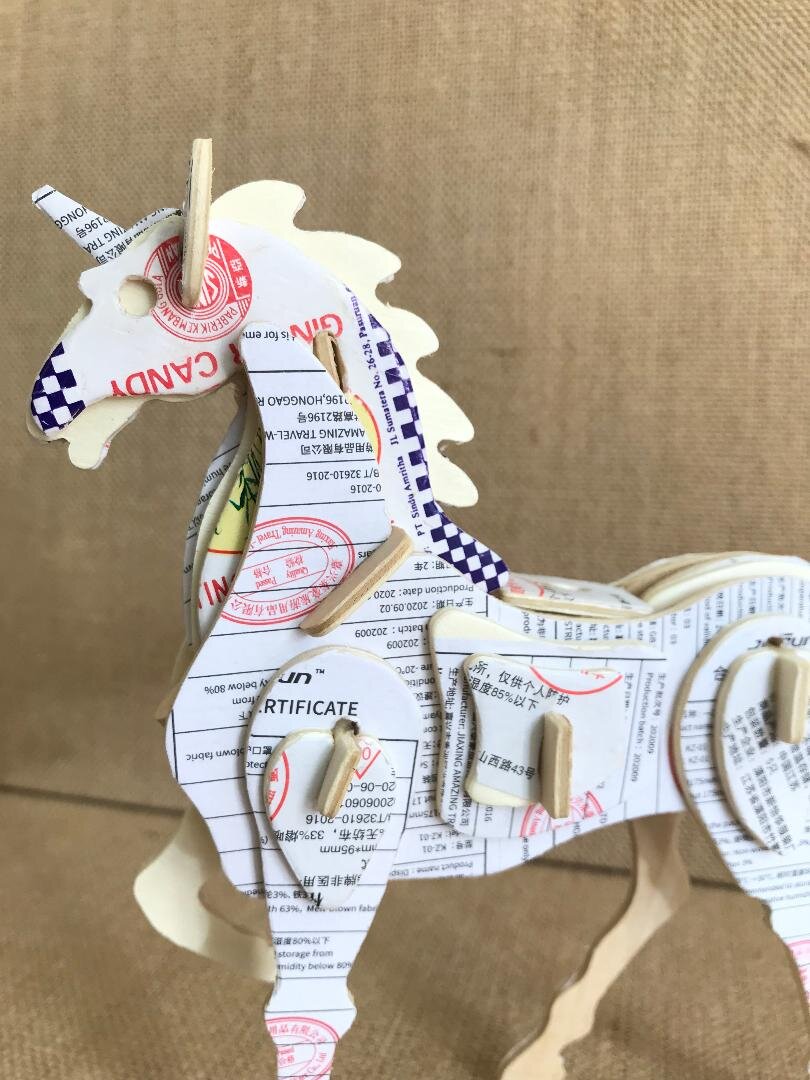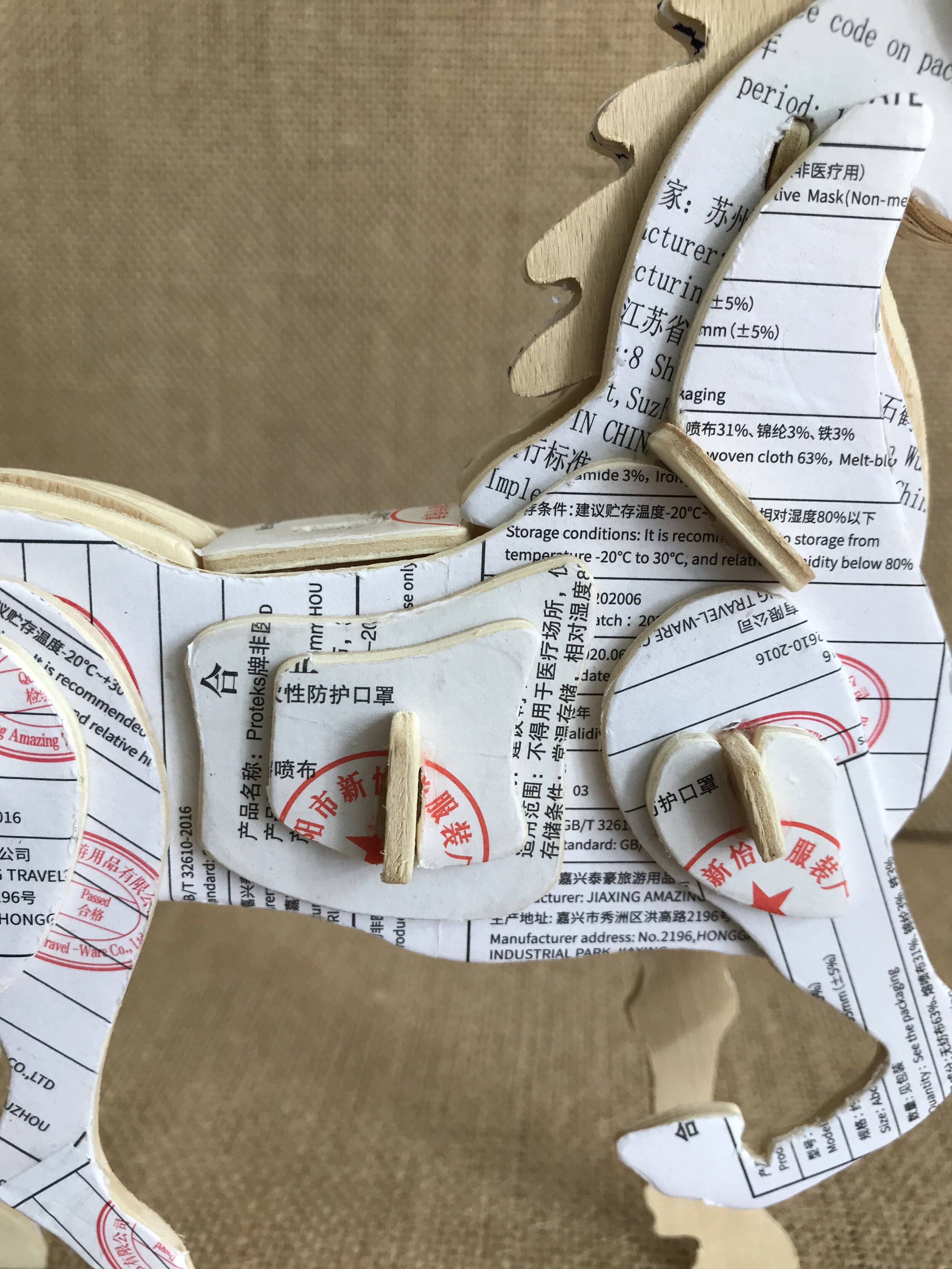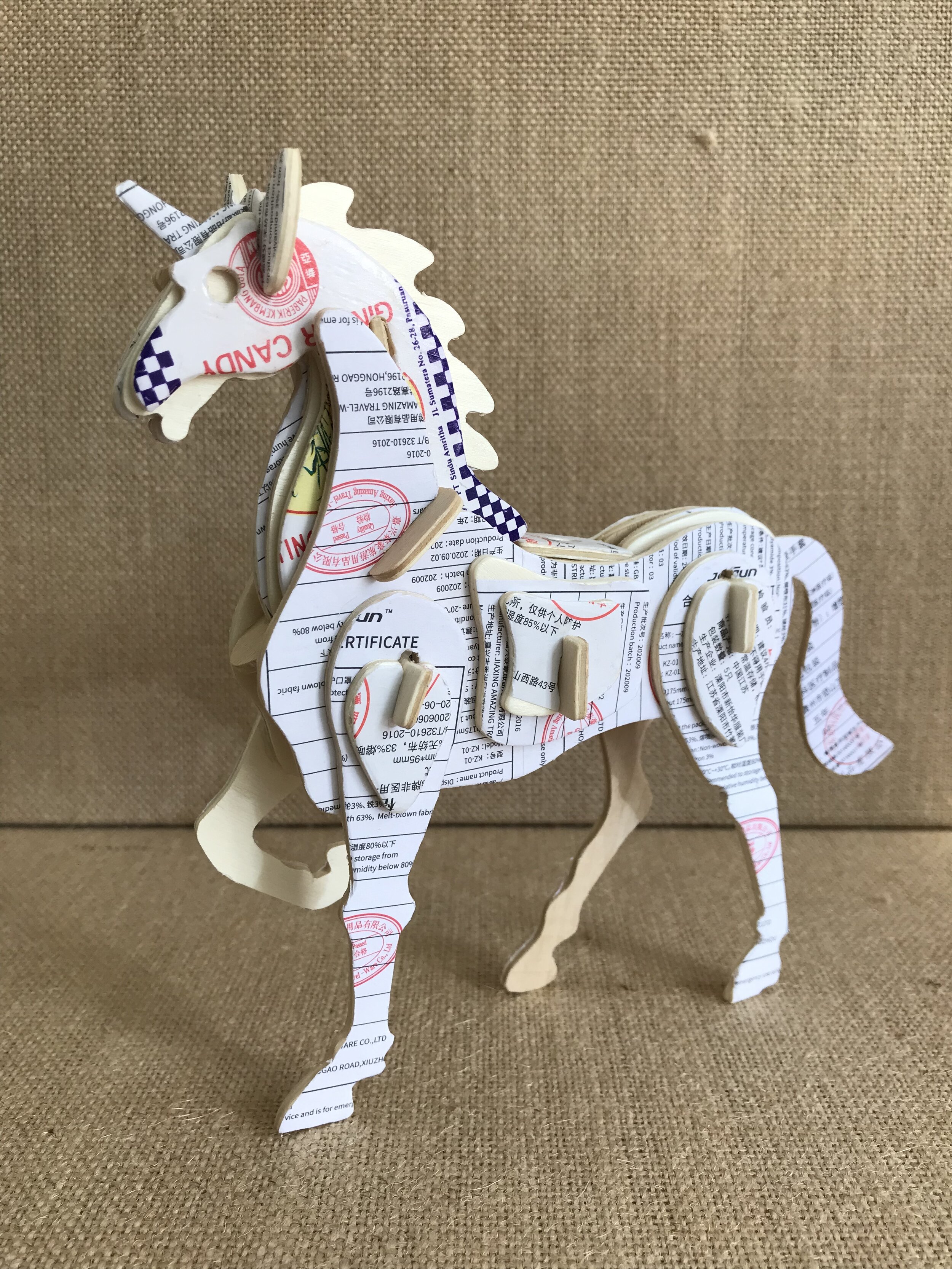Virus No. 1: The Conversation We Need To Have
More Than Six Feet Apart.
This is the first art related essay I’ve written since the complete reopening of Florida. Kinda sorta post pandemic, but not really post anything because at this moment I know someone who is in a hospital ICU struggling with Covid. Not so post pandemic after all. I’ve not felt as troubled about Covid-19 and the variants (though this is horrifically troubling) as I have been about who we’ve become as disgruntled, reluctant, and resistant hermits. During the height of the pandemic, between baking bread, sidewalk chalk drawings, and at home workouts we’ve had too much time to find new things to separate us. We’ve been creative in creating new hurdles for each of us to jump over to prove we are (and I cringe inwardly and outwardly as I write this) ‘woke’. I really hate that word now. Unfortunately for all our newfound ‘understanding’ and additional ‘respect’ of each other, we all seem to talk and truly connect less. I guess it’s because we all know each other so well? Probably not though.
The fear that I have now is of a world where learning how to use chopsticks, lighting incense, doing yoga, and learning how to wrap your head might be characterized at misappropriation where at one point it was seen as making an attempt to understand and experience another culture. I digress though. We need a drum circle and an exorcism to get through a full conversation on race and culture.
The Hardest Art Description I’ve Ever Had to Write…
This is by far one of the hardest work reflection/summaries I’ve ever had to write.
To say that racism is difficult to discuss is an understatement. I personally believe it is even more difficult to discuss among various minorities that may encounter racism. Unfortunately one aspect of racism that isn’t often discussed is the racism that some minorities inflict upon other minorities. I can only speak about my personal experiences but I can also say that most of these issues are universal.
When we address racism and other discrimination we often do it in pieces. We have to remember that those of European heritage/white people aren’t the only individuals that commit acts of harmful racism; even though those acts of racism have had long lasting effects and are pervasive, they aren’t unique in their nature.
We all believe harmful, racist, discriminatory untruths about each other. We have all ingested and digested this racism. But do we perpetuate the stereotypes, the hurt, and strain? Or do we, community to community, work together to find solutions and common ground?
A Different Kind of Tower of Babel.
My concern about how we interact as humans at the moment leaves us in either an echo chamber or an individual silo. Addressing these individual untruths as unique, independent, and seemingly separate issues (Asian and Jewish hate crimes, African Americans experiences with police brutality and the justice system, church and mosque shootings for example) will end up leaving us where we all started: segregated. We must address racism as the cancer it is: You don’t remove it one piece at a time, you cut it all out. If we don’t focus on what unifies all of these challenging issues none of us will truly be communicating. Finding solutions that could positively affect us all will become an impossibility.
The pandemic year has among its highlights some of the most horrible acts of racism.These acts among other things are what inspired Virus No. 1: The Conversation We Need To Have. This piece - a 3-dimensional wooden unicorn puzzle- addresses particularly painful racist encounters that I hadn’t discussed with many people concerning my time in San Francisco. Recently, I ended up in a conversation with two other women, also of minority backgrounds: Filipino-American (Lissette), Mexican-American (Eve) where I discussed these experiences. Until my conversation with these two women I didn’t realize how traumatic this time in my life had been.
Trauma From An Unexpected Place.
A number of years ago, pre-pandemic in San Francisco I spent most of my time looking for affordable housing (otherwise known as homeless) I went to many properties shown to me by people of many different backgrounds. I noticed that each time I was shown a property by someone of Chinese descent there was an attempt to convince me I either didn’t want the space or I was told that it had already been rented right after I was shown the apartment. Another experience involved my mother and I walking through Chinatown. My Mom was hot and a little dehydrated. We stopped in a restaurant to get her some water. We were ignored. We went into another place and no one would serve us. After we found my Mom water and shelter from the heat, I was troubled by a huge ‘what if’. What if my Mom had passed out? Who would’ve helped us in Chinatown, if anyone? Eve talked about how as a very light complexioned Mexican American she was often mistaken for white. Two things often happened to her, she said: white people spoke with her in a disparaging way about other minorities and she was often told by other Mexicans she wasn’t ‘Mexican (or dark) enough’. Lissette spoke to us about her strained relationship with her parents because of derogatory views they’d expressed about other people of color.
As humans we have such a long way to go in an effort to evolve to become better humans. The key is to at least begin the journey down that long road by talking to one another and having tough conversations. Racism to me is the first and most pervasive human virus and no one really seems to be working on a vaccine.





